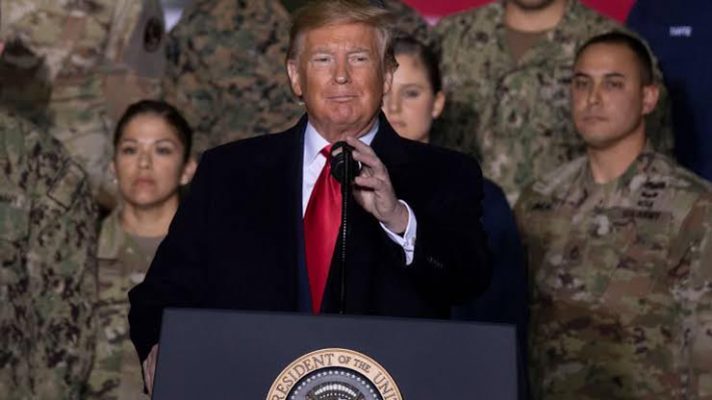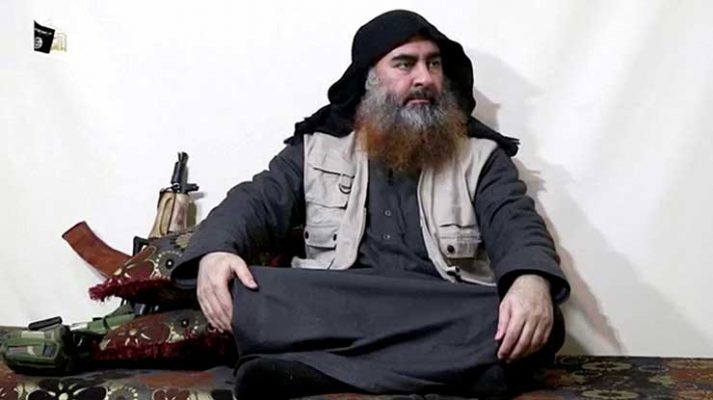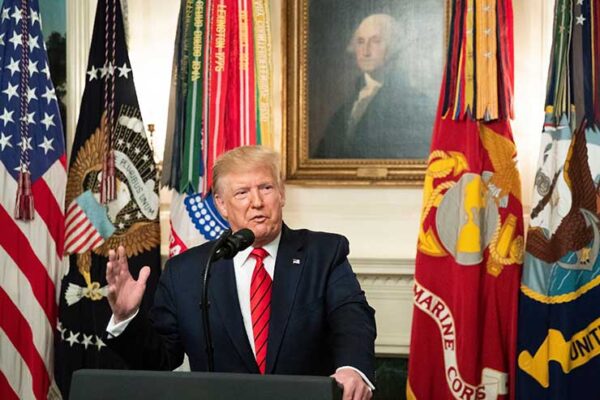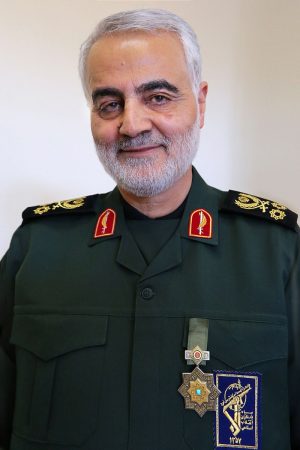In the Persian Gulf, the New Year began with a bang. On January 3, the world woke up to the news of killing of General Qassem Soleimani, commander of the elite Quds Force of Iranian Revolutionary Guards Corps (IRGC) in a drone strike by the United States on a convoy which was leaving the Baghdad airport. The deputy commander of the Iraqi Popular Mobilisation Force (PMF), also known as Hashd al-Shab’bi and secretary-general of Kataib Hezbollah Abu Mahdi al-Muhandis and three others were also killed in the attack.
The US decision to target and eliminate Soleimani came as a surprise to many as he was a prominent and popular figure in the Iranian regime. He was considered close to the Supreme Leader Ayatollah Ali Khamenei and some even considered him an undisputable number two of the regime, especially when it came to security affairs of Iran.
This is mainly because he was the de facto chief of the IRGC, the paramilitary forces that oversees Iran’s internal and external security including guarding the regime and Iran’s land and maritime borders. The IRGC does not only has air force and naval wings but is also responsible for Iran’s ballistic missile programme.
The Quds Force which is an elite branch of the IRGC is like a special operations unit and is mainly engaged in safeguarding Iran’s international security threats. As part of this task Soleimani was responsible for creation and sustenance of several armed militias in the neighbouring countries through which Iran exerted influence and threatened American interests. Among the most important non-state actors that have close links with the Quds Force are Hezbollah in Lebanon, Hamas and Islamic Jihad in Palestinian Territories, Kataib Hezbollah and Hashd al-Shab’bi in Iraq, Shi’a militias fighting along with Syrian regime and Ansar Allah (Houthi rebels) in Yemen.
Through these proxies the Quds Force was able to not only threaten US regional allies such as Israel and Saudi Arabia but was also challenging US military dominance in the Persian Gulf and Levant.

The US dominated the regional security scenario in the West Asia for most part of the Cold War period and emerged as an undisputed leader after the end of the Cold War as its primary challenger, the USSR had disintegrated. The First and Second Gulf Wars established the US dominance and eliminated the key regional adversarial force in the form of Saddam Hussein’s Iraq.
However, in the post-Arab Spring West Asia, Iran has been trying to challenge the US by emulating its success with Lebanese Hezbollah in other regional theatres including Iraq, Syria and Yemen. In Iraq, for example, the Quds Force has established strong ties with several Shia outfits who pledged allegiance to the Iranian Supreme Leader. Through these proxies, Tehran has been able to exert serious political influence in Iraq which became an irritant for the US plans in post-Saddam Iraq.

Though the rise of Islamic State (ISIS) forced US and Iran to come to an understating in Iraq to fight the common enemy, the defeat of ISIS has revived the hostilities. The tensions in Iraq have been boiling for the past few months with a series of anti-Iran protests in major cities including Baghdad, Basra, Najaf and Karbala. In the beginning, the protestors were met with police action but after it failed to contain the protest, they were targeted by snipers aligned with the PMF which led to serious loos of life over the past few months.
As criticism started to mount against the killing of protestors, pro-Iran elements began to organise counter protests and the PMF targeted some of the pro-US elements in Iraq. In a major escalation, on December 27, an Iraqi airbase in Kirkuk was attacked by Kataib Hezbollah rockets in which an American civilian contractor was killed while four service personnel were injured. In retaliation, two days later the US attacked five locations in Iraq that reportedly housed command and control structure and weapons storage facilities of Kataib Hezbollah in which reportedly 25 Iraqis associated with the groups were killed. The PMF then organised a protest in the Green Zone in Baghdad that eventually culminated in arson outside the US embassy on December 31.
According to statements by President Trump and other official communications by the US, the decision to target Soleimani was a pre-emptive action as he was suspected to have been planning something big to counter the US attacks on Kataib Hezbollah. Though Prime Minister Adel Abdul-Mahdi of Iraq stated that Soleimani was visiting Iraq to meet him and discuss proposals for negotiations with Saudi Arabia, US officials doubted that he was there to meet with the PMF and Kataib Hezbollah leaders.

What is notable is that the killing of Soleimani brought the US and Iran on the verge of a war second time in less than a year. In June 2019, for example, the two sides had come close to direct blows after the downing of an unmanned US surveillance drone by IRGC in the Persian Gulf. At the time, Trump had tweeted that the US was “locked & loaded” to attack targets inside Iran but decided against it at the last minute to avoid disproportionate loss of Iranian life. The initial Iranian reaction to Soleimani’s killing again gave an indication of an imminent escalation that can eventually lead to a full-blown war.
Significantly, the two sides backed down from war rhetoric after Iran ensured that there are no loss of life while it attacked two military bases in Iraq housing US personnel. Declaring that Iran retaliated against the killing of Soleimani by destroying facilities at the bases that were used to launch attack on him, Iranian Foreign Minister Javad Zarif underlined that Tehran does not wish to escalate the situation any further. Trump’s statement subsequently also claimed that since Iran is ready to “stand down” Washington is willing to deescalate.
Nonetheless, the situation in Iraq remains tense and it is unlikely that both the US and Iran will completely stand down from their current position despite the Iraqi parliament’s resolution requesting foreign troops to withdraw from Iraq. Baghdad has also said that it wants all parties to respect Iraqi sovereignty and not indulge in military activities inside Iraqi territory in pursuit of their interests. However, for both US and Iran heeding to any of these request would mean conceding the ground to the adversary, which both of them do not want to.
It is likely that Iran will try to intensify its activities to harass US military and civilian personnel and positions in the region while the US will lend support to anti-Iran protestors in Iraq and dissenters in Iran. Iran can also indulge in covert activities targeting US and its allies’ interests. It might also try to manipulate internal schism in Arab Gulf countries to deflect attention from economic troubles at home.
For now the situation in the Persian Gulf has deescalated and the possibility of an all-out war has decreased. However, this should not be seen as an end of the conflict. On the contrary, Soleimani’s Killing marks the beginning of a new phase of a direct but limited conflict between the US and Iran.
Dr Md Muddassir Quamar is Associate Fellow at Institute for Defence Studies and Analyses, New Delhi. Views expressed are of the author and do not necessarily reflect the views of the IDSA or of the Government of India.
–The author is an Associate Professor of Middle East Studies at Jawaharlal Nehru University, New Delhi. The views expressed are personal and do not necessarily reflect the views of Raksha Anirveda





